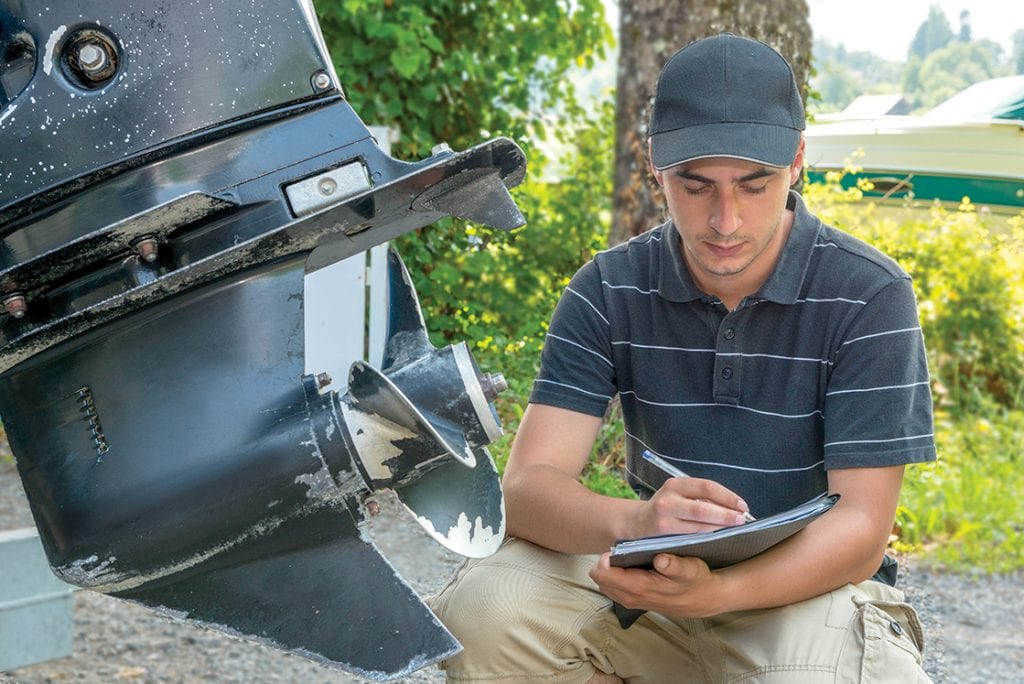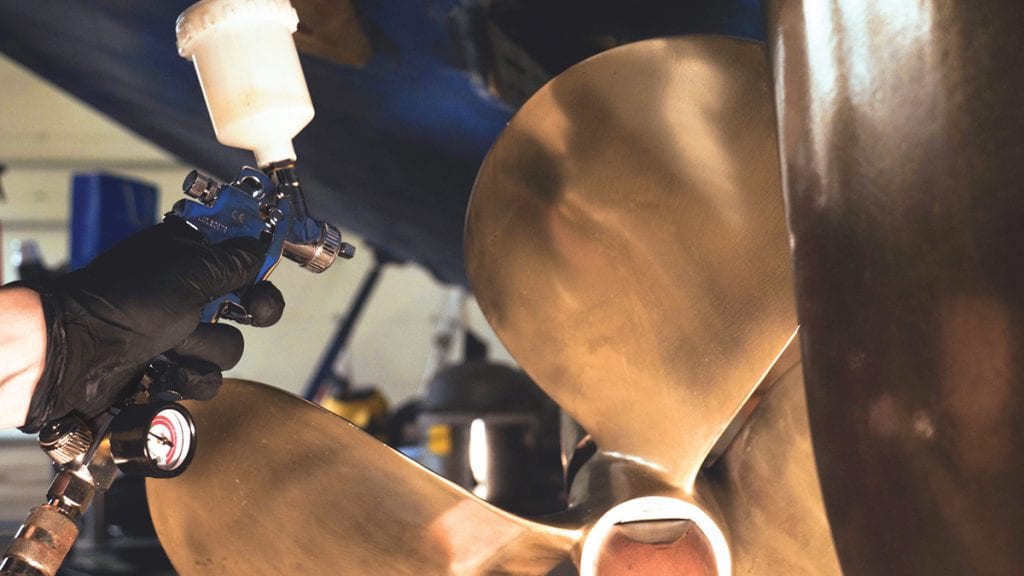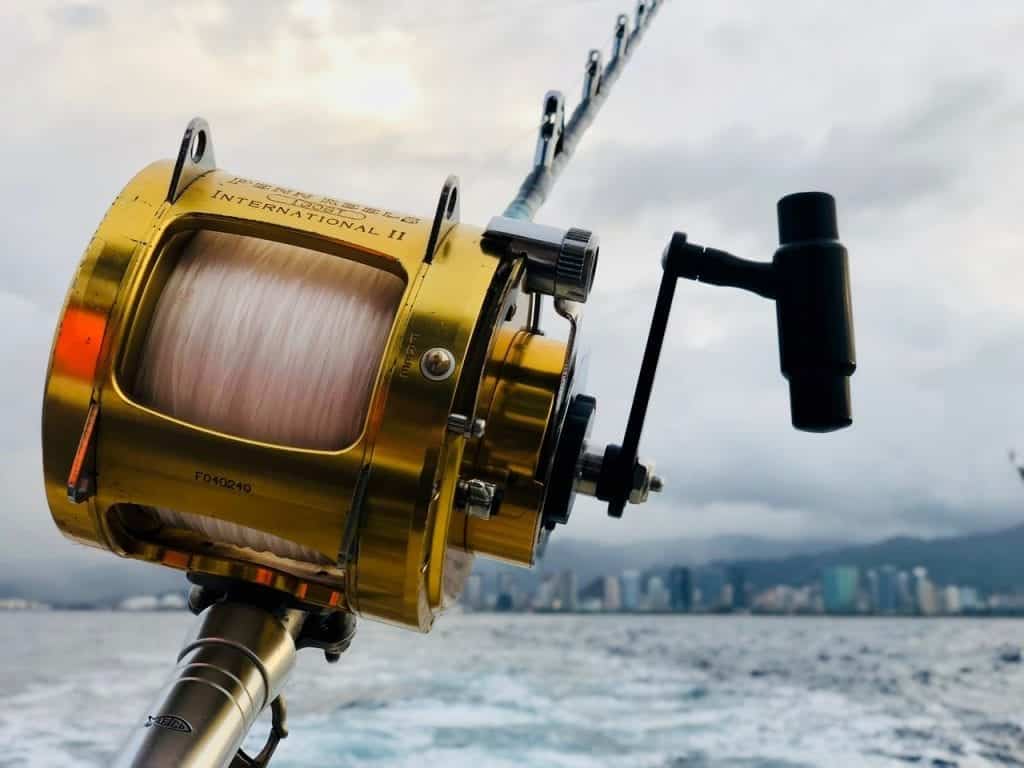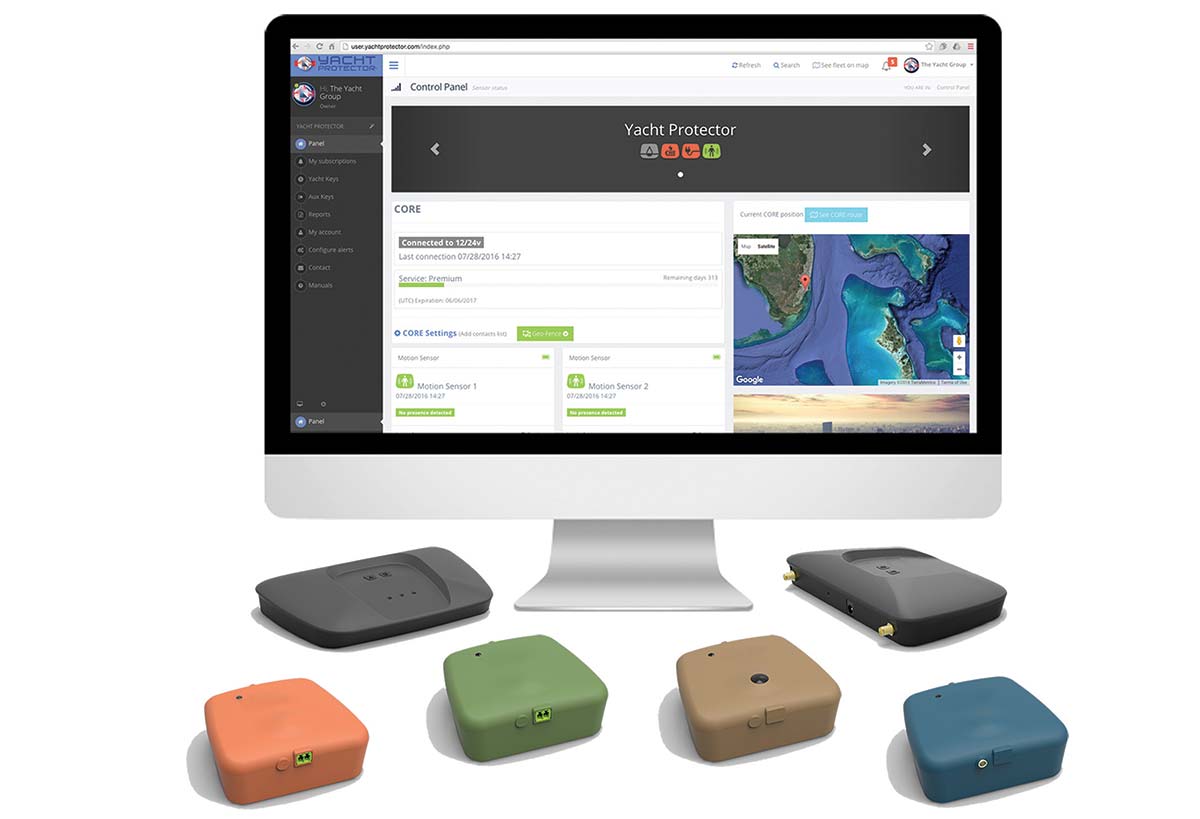How To Improve Your Prop Performance
Check other factors before you blame the prop. Here’s how to improve your prop performance.
When a boat runs poorly, propellers often get blamed. If the engines are in good shape, it’s only natural to get “propeller tunnel vision” and start indicting your blades for not doing their job. Before you yank out the prop puller and start trying new wheels, remember that props must work in harmony with the rest of the boat. If other parts of the vessel are not in top shape, then the prop can’t save it.
“Some people seem to view the propellers as isolated and independent from other important factors, such as the power and condition of the engine, or the weight, or the cleanliness and capability of the hull,” explains Jim Thelen, sales engineer for Acme Marine in Big Rapids, Michigan. “I’ve seen people buy numerous new propellers as if to assume that sooner or later they will find the one prop in existence which will ‘fix’ all other possible concerns and transform their performance by something outlandish.”
More than just a proppy face
There are some boat owners who take the oversimplified view of propellers merely in terms of diameter, pitch and number of blades. That’s like defining all automobile tires only in terms of diameter and width. Propeller design and manufacturing differences affect engine load, speed, power, plane time, smoothness, and efficiency.
“Some propeller factors which should be accounted for by a professional are the size of the blades or the amount of surface area in the propeller blades (often indicated as DAR or EAR), Cup (which affects load/engine RPM much in the same manner as pitch) and pitch distribution (varied, constant, cambered),” says Thelen. “The point is that one manufacturer’s twenty-by-twenty four blades may not be equivalent to another
manufacturer’s twenty-by-twenty four blades.”
What’s amiss?
The hull’s condition can also significantly affect performance. Thelen describes how one boat’s power and speed relative to published or reported performance was down. “He tested the new propeller I recommended and still, his RPM and speeds were down significantly.”
Thelen went through his usual litany of questions about boat weight, engine service, cleanliness and condition of the hull, possible modifications to the boat, and altitude. Nothing revealed itself until he dug deep enough to get the owner to admit that the boat had been moored in warm ocean water for a long period which resulted in a rough bottom. “It wasn’t until he had the bottom stripped and refinished that he gained the speed he was looking for,” says Thelen. “We had him into the correct propeller from
the start.”
Extra Load
An overweight vessel can also be a problem because, over the years, boats usually get heavier, not lighter. Stuff goes on board every weekend, but not all of it comes off, and it can really add up. When add-ons and enclosures increase wind resistance, or a dirty hull increases flow resistance or when engines get tired, the boat slows down, and the original props can become overpitched. Sometimes you can improve your prop performance by simply chucking some stuff.
“The original props may not be achieving sufficient RPM relative to the engine manufacturer’s RPM ratings,” says Thelen. “The loss of RPM and potential overloading can cause power loss, speed loss, slower plane time, and potential engine damage, especially in terms of long-term use. The most common approach is to reduce propeller pitch in order to achieve appropriate wide-open-throttle RPM.”
To determine if the propeller is working its best, “It’s important to keep an accurate log of one’s boat model and weight, engine model number, manufacturer’s RPM specifications, transmission or V-drive gear ratio, current prop size, etc.,” says Thelen. “Most engine manufacturers place an ID tag on their engines which indicate s horsepower and RPM specifications.
Determining appropriate propellers basically involves running the boat (with typical or average load) at full and verifying that the engines are achieving the expected or recommended RPM at WOT [wide open throttle] and that the boat is achieving reasonable, expected speeds.”
Thelen suggests that if RPM readings are below the manufacturer’s WOT recommendations, then the propellers are likely overloading the engines. If the actual WOT RPM reading is too high, then the propeller is likely underloading the engine and, perhaps, a different propeller can improve speeds.
Data is King

But before you start swapping out props, verify all the data: boat weight, engines, gears, current props, speeds achieved. It’s nearly impossible to get a precise propeller answer if the reported data and specifications for the boat are off the cuff, guesstimated or vaguely recalled from several years ago.
“Complete data, accurate numbers, and double-verified specifications can produce very accurate propeller recommendations,” says Thelen. “I urge people to verify all their boat, engine, gear, and current propeller data with their own eyes and to write everything down.”
Thelen advises that having a spare propeller is a good idea. “Most people don’t go very far with their automobile unless they have a spare tire,” he says. “And most people aren’t very happy being without a boat on the first day of their vacation because of a damaged prop.
Furthermore, there are so many different types and sizes of propellers in existence today that no one can carry them all, which means that the waiting time for a replacement, for some props, can be months rather than weeks. So if you like your boat and if you want to be able to continue using it when the surprise moment comes, then I suggest carrying a spare.”
By Doug Thompson, Southern Boating
May 2019














